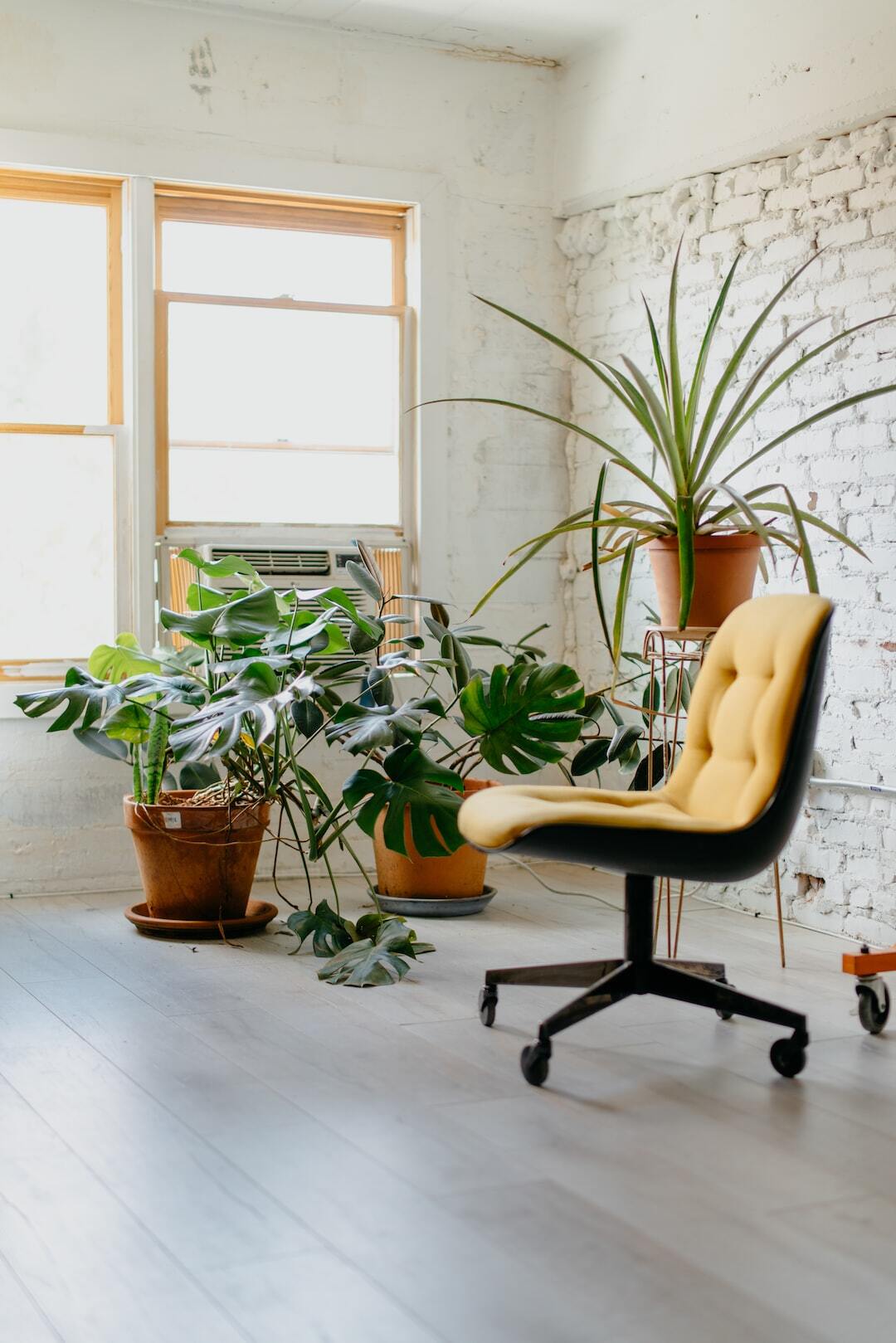If I were to buy a home, I would go with the biophilic design. I prefer open windows and good lighting, and I want my home to provide stress-free living and good air quality, but I need to work on plants. I am not a friendly green thumb. But it helps me soothe the stress and breathe fresh air, so I will be willing to work on being a better green thumb.
Biophilic design has gained popularity in recent years as people are looking for ways to bring nature back into their lives.
What is Biophilic design?

Biophilic design is an innovative approach to interior design that focuses on incorporating natural elements into indoor spaces. This design approach has numerous benefits, including reducing stress, improving air quality, and increasing productivity.
These elements can help create a calming and relaxing space that brings us closer to nature and provides numerous health benefits.
Benefits of Biophilic Design
One of the primary benefits of biophilic design is its ability to reduce stress levels. Being surrounded by natural elements, such as plants and water features, has a calming effect on the human body. This, in turn, can lead to lower blood pressure and reduced levels of the stress hormone cortisol. Additionally, incorporating natural elements into indoor spaces has been shown to improve air quality. Plants are natural air purifiers that remove toxins and pollutants from the air and produce oxygen. This can help reduce respiratory problems and other health issues related to poor indoor air quality.
Another benefit of biophilic design is its impact on productivity. Studies have shown that incorporating natural elements into workspaces can increase employee productivity by up to 15%. Natural elements have improved cognitive function, creativity, and problem-solving abilities. Additionally, natural light has been linked to better sleep quality and improved daytime alertness and focus.
Implementing Biophilic Design
There are many ways to incorporate biophilic design into indoor spaces, including:
Adding plants to the room, such as potted plants, hanging baskets, or green walls
Incorporating natural light through windows or skylights
Using natural materials, such as wood or stone, in the decor
Installing indoor water features, such as fountains or aquariums
Using colors that reflect nature, such as green or blue
By implementing biophilic design principles, we can create healthier, more productive indoor spaces that bring us closer to nature.
In conclusion, biophilic design is a powerful tool to help us create healthier, more productive indoor spaces. Incorporating natural elements into our homes and workspaces can reduce stress, improve air quality, and increase productivity. Whether adding plants to the room, using natural materials in our decor, or installing indoor water features, there are many ways to bring biophilic design principles into our lives. The biophilic design provides a compelling solution as we look for ways to live more sustainably and connect with the natural world.
So why not bring a little bit of nature indoors and see the benefits for yourself?